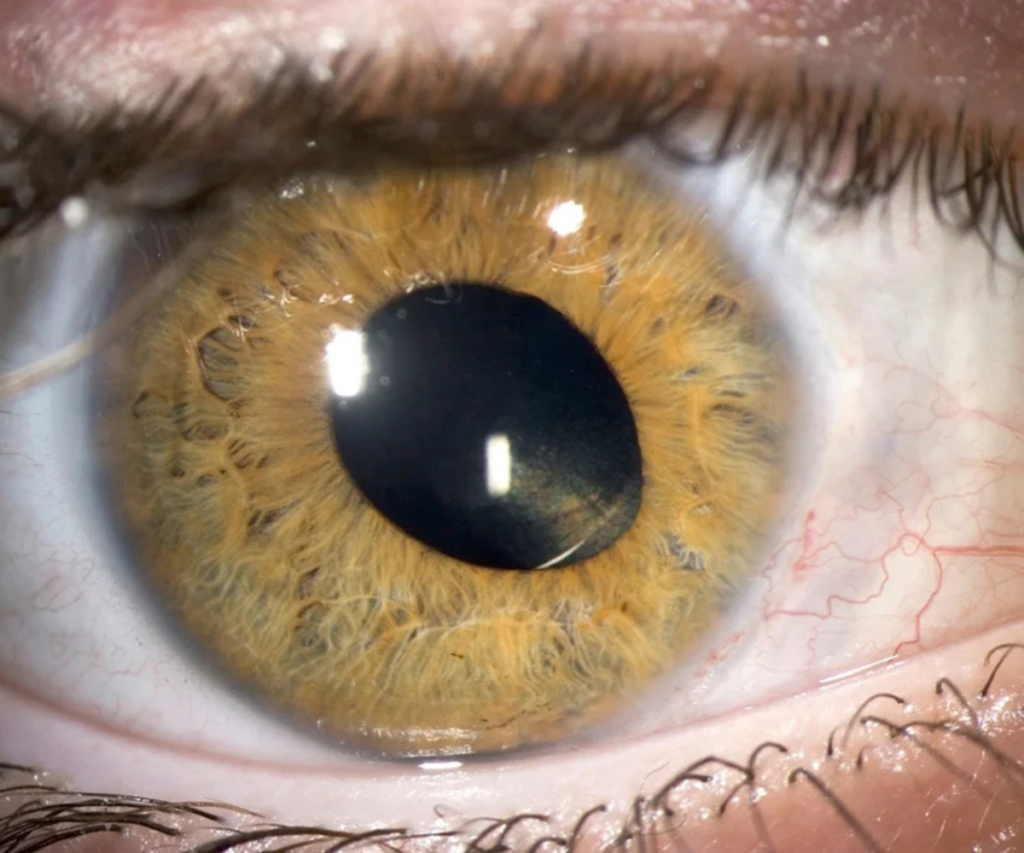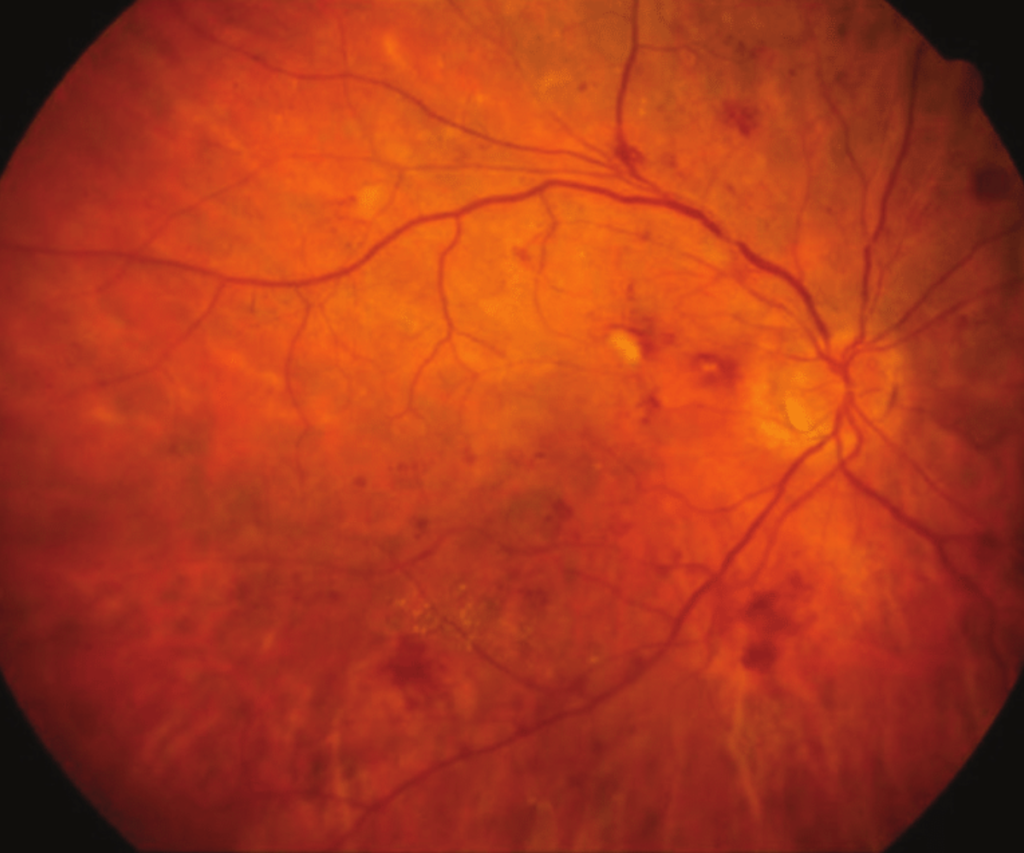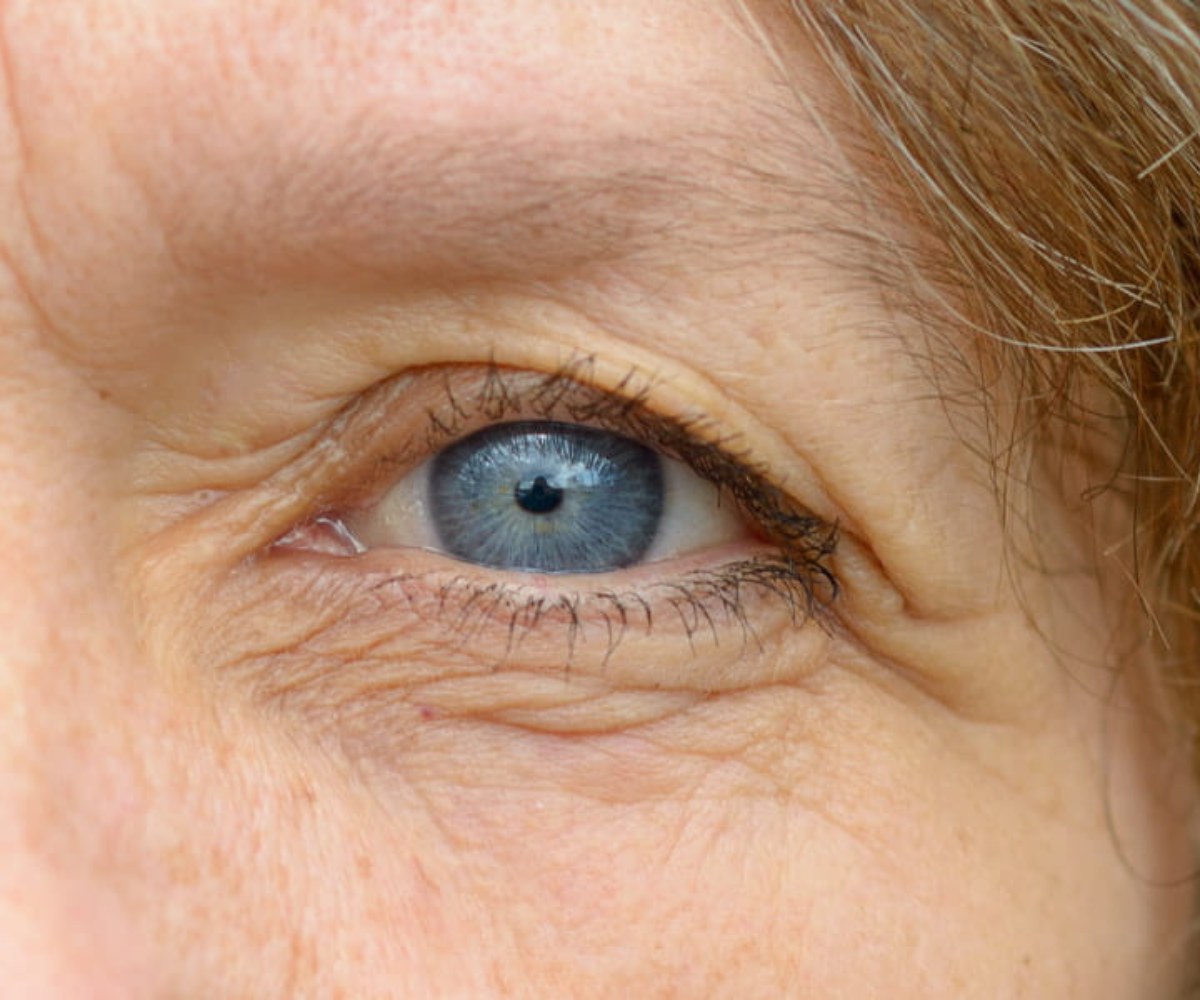Introduction: Preeclampsia’s Long-Term Impact on Women’s Health

Eye microvascular disease can develop decades after preeclampsia, a form of high blood pressure during pregnancy that affects up to 8% of women. While the immediate risks to mother and baby are well-known, research shows that damage to tiny blood vessels in the eyes may persist long-term. These changes serve as early indicators of cardiovascular risk, allowing healthcare providers to implement preventive strategies and help women maintain lifelong heart and eye health.
Understanding Preeclampsia and Microvascular Disease
Preeclampsia is characterized by:
- High blood pressure during pregnancy
- Excess protein in the urine
These symptoms indicate stress on the vascular system, including the small blood vessels that supply vital organs. Research shows that microvascular disease in the retina reflects broader cardiovascular health and may predict:
- High blood pressure (hypertension)
- Heart failure
- Kidney disease
- Type 2 diabetes
- Sleep apnea
By examining retinal vessels, doctors can identify early microvascular damage that may signal future heart disease risk.
Research Findings: Retinal Changes Decades After Pregnancy
A study involving over 19,000 women who gave birth approximately 28 years prior found:

- Women with a history of preeclampsia had lower density of retinal blood vessels in midlife.
- These women also showed increased protein in the urine, a sign of kidney stress.
- Women with gestational hypertension without proteinuria did not show these retinal changes.
These results highlight that retinal microvascular damage is specific to preeclampsia, and not all pregnancy-related hypertension carries the same long-term cardiovascular risk.https://www.youtube.com/watch?v=5Plc7d0dUqI
The Eye as a Window to Cardiovascular Health
The retina provides a non-invasive glimpse into the body’s microvascular system. Unlike the heart, which is difficult to examine directly, retinal imaging allows:
- Low-cost, routine assessment of microvascular health
- Early detection of changes associated with heart disease
- Opportunities for targeted intervention before major cardiovascular events
Experts suggest that retinal images could become an essential tool in long-term cardiovascular risk assessment for women with a history of preeclampsia. Eye microvascular disease.
Long-Term Health Implications for Women
Women who experienced preeclampsia should be aware that their cardiovascular risk remains elevated decades later. Recommended preventive measures include:
- Lifestyle Modifications:
- Maintain healthy blood pressure and cholesterol levels
- Balanced diet rich in fruits, vegetables, and whole grains
- Regular physical activity
- Medical Monitoring:
- Routine cardiovascular check-ups
- Retinal exams to monitor microvascular changes
- Kidney function assessment
- Medications:
- Antihypertensives if needed
- Cholesterol-lowering drugs if prescribed
The Role of Early Detection and Preventive Care
Early identification of retinal microvascular changes allows healthcare providers to:
- Stratify risk for cardiovascular disease
- Implement early interventions
- Educate patients about lifestyle changes
- Monitor treatment effectiveness over time
By recognizing these risks early, women can reduce the likelihood of heart disease and related complications later in life. Eye microvascular disease.
Global and Demographic Considerations

- Most research has focused on white women, but Black women are statistically more likely to develop preeclampsia.
- Further studies are needed to understand racial, ethnic, and environmental factors in microvascular and cardiovascular outcomes.
- Geographic variations in diet, pollution, and healthcare access may influence long-term outcomes.
Conclusion: Lifelong Care After Preeclampsia
Preeclampsia is more than a temporary pregnancy complication. Its effects on the microvasculature of the eyes may predict long-term heart disease risk.
Women with a history of preeclampsia can:
- Monitor retinal and cardiovascular health regularly
- Maintain healthy lifestyle habits
- Seek medical guidance to reduce heart disease risk

By taking a proactive, life-course approach, women can improve both cardiovascular and ocular health for decades after pregnancy. Eye microvascular disease.




